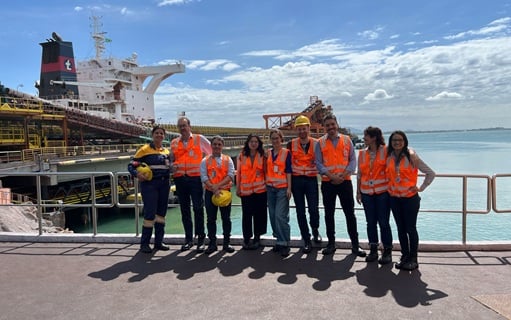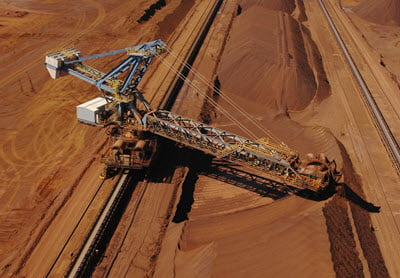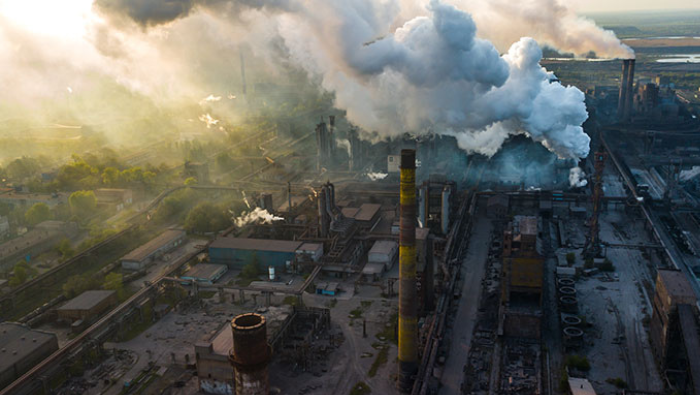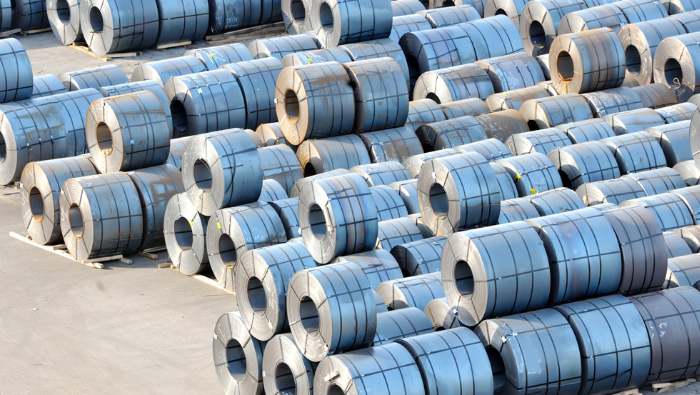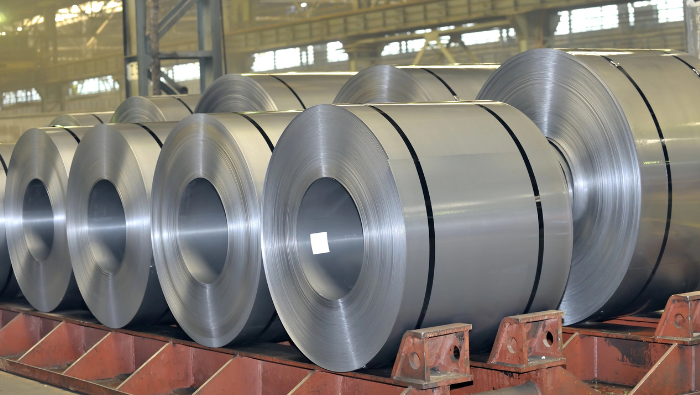The spread of the coronavirus has shaken up global commodity markets as there are widespread fears of its negative impact on economic activity and commodity demand, especially in China.
The iron ore market is particularly reliant on Chinese demand and the price has fallen sharply in response to anticipated disruptions to industrial production and construction activity.
What is the Wuhan coronavirus?
The Wuhan coronavirus, also known as 2019-nCoV, is a virus originating from animals in the Chinese city of Wuhan, Hebei province. The number of infected people has risen sharply in a short period of time, increasing from 45 to over 5,000 during the period 16–28 January. At the time of writing, the death toll of the virus has reached more than 130 and confirmed cases have also been found in at least twelve other countries.
To control the spread of the virus, 60 million people in 15 Chinese cities have been fully or partially locked down, meaning travel to and from Wuhan and other nearby cities has been banned. In addition, the Chinese New Year (CNY) holiday has been extended from 30 January to 02 February. In Shanghai, located downstream of Wuhan on the Yangtze River, the public holiday has been extended to 09 February.
In 2002, another coronavirus, Severe Acute Respiratory Syndrome (SARS), spread around China and other Asian countries. The Wuhan coronavirus is biologically 75–80% identical to SARS, but there are a few differences in its behaviour. SARS had a higher fatality rate, but the virus did not spread as fast as the Wuhan coronavirus. In addition, the Chinese government has this time responded much more quickly than in 2002, in an effort that has been praised by the World Health Organisation (WHO).
Steel demand and production at risk
The spread of the coronavirus is coinciding with the CNY holiday, a period when steel demand in China is particularly weak as most people working in construction, manufacturing, infrastructure and logistics are on leave. During this time, however, blast furnaces (BFs) cannot be switched off, so raw materials inventories at mills are typically built up in preparation for the holidays and associated interruptions to logistics.
The extension of the holiday means that Chinese steel demand weakness will go on for longer than normal, especially around Shanghai. Operating BFs will continue to draw down iron ore and coking coal inventories and will likely be considering reducing production rates to avoid running out of stocks and being forced to idle production completely. China’s EAF sector, in contrast, is already operating at very low rates and is expected to keep output low.
The major uncertainty at the moment is China’s restricted infrastructure sector. With large parts of the country’s industrial workforce on extended holiday, unloading and transportation of iron ore from ports to mills will be impacted and there is even a chance of domestic mine production, both of iron ore and, particularly, coking coal, will be affected.
Since the SARS epidemic, China’s domestic iron ore industry has more than doubled its output from 126 Mt/y in 2002 to 266 Mt/y in 2019, but the steel industry grew much faster and has, therefore, increased its reliance on imported iron ore through the same period, from 47% to 80% of demand. As a result, we expect port congestion and disruption of transport from ports to mills to be a greater risk factor than interruptions to domestic mines, however, steel mills that rely on captive mine supplies will be disadvantaged. In contrast to iron ore, China’s domestic metallurgical coal mining industry supplies over 90% of domestic demand, so the coal market is more exposed to local mining disruptions.
Iron ore prices fall below $90 /dmt
The iron ore price has fallen sharply in the past week and, on 28 January, CRU assessed the 62% Fe fines price at $88 /dmt in our weekly Iron Ore Dashboard. This is an $8 /dmt fall w/w (8%). The price has fallen along with other commodity prices, such as oil, and stock markets and freight rates, the latter having fallen to a new multi-year low. The iron ore price is falling on fears of extended steel demand weakness, which will add pressure to steel prices and eventually force steel mills to reduce production. There are also fears of the immediate impact on steel production and, thus, short-term iron ore demand.
If the transport restrictions remain in place or are extended further, we are likely to see vessel queues or iron ore inventories at Chinese ports pile up while mills would be forced to take measures as they potentially face an iron ore shortage. BF closures or idlings, which would reduce demand for iron ore, is one possibility.
On the seaborne market, iron ore supply is currently recovering after a weak start to 2020 caused by cyclones in Australia and heavy rain in Brazil. Higher arrivals at Chinese ports are likely in the next week. At this stage, there is insufficient evidence available to justify a revision to our price forecasts. We are monitoring the situation closely and will continue to gather and analyse new information as the story develops.





